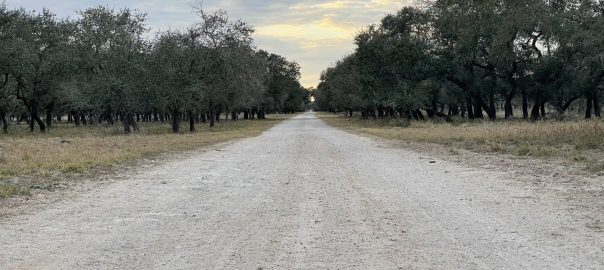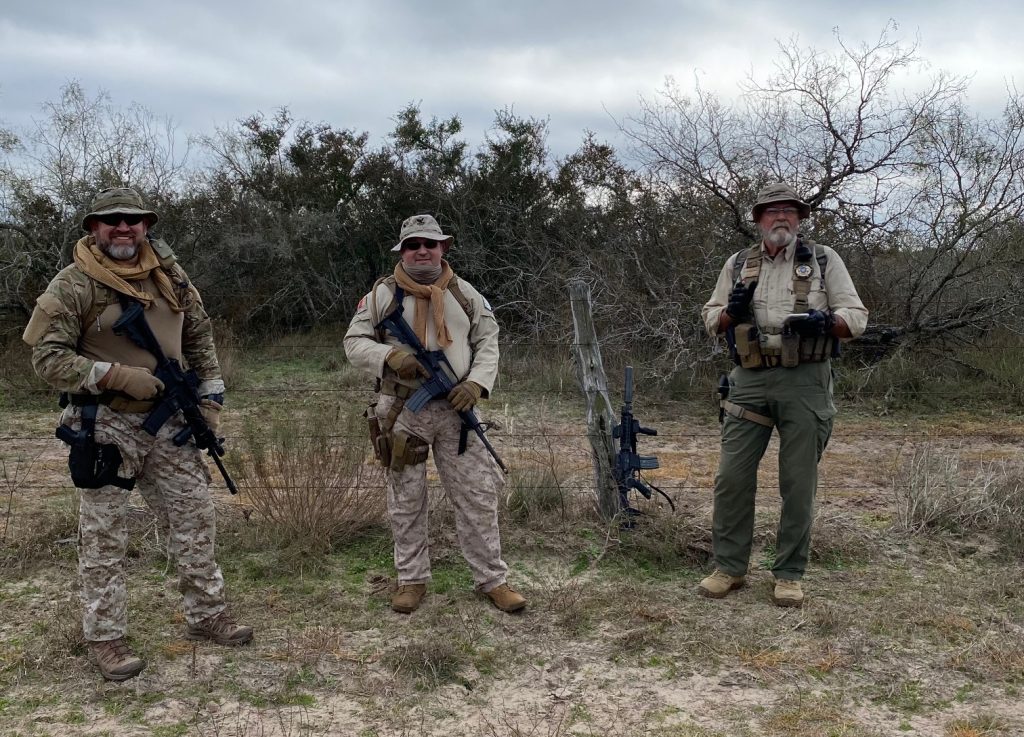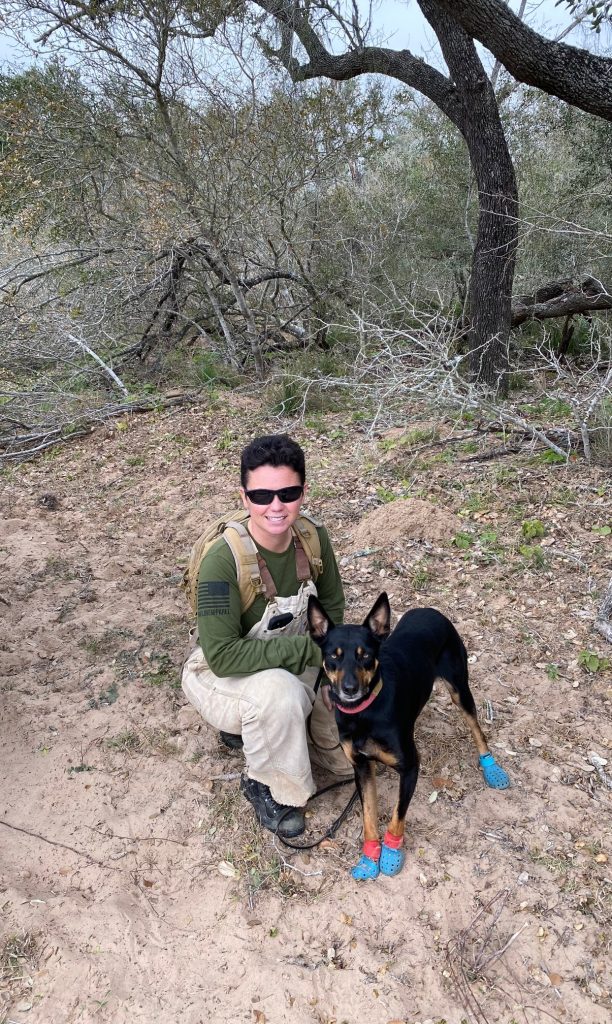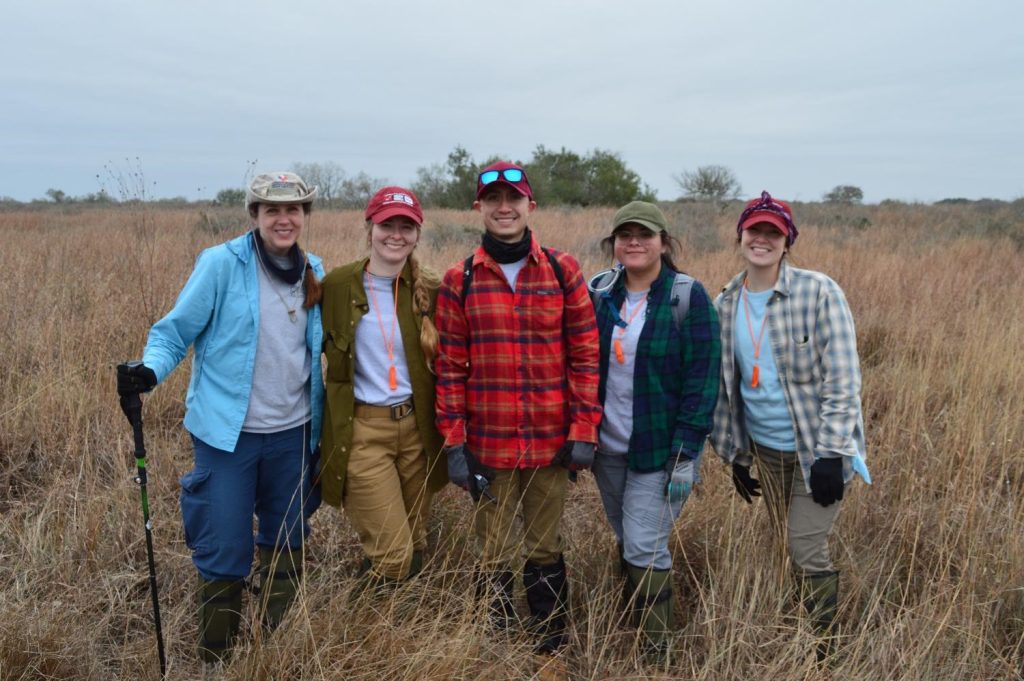Less than a week already! I am so thankful to have been chosen to be on this team once again. In my last blog post, I wrote about leaving Texas feeling like I was leaving with unfinished business, and I have thought about that since that day. The work done by the UIndy Beyond Borders Team is something I am so grateful to be a part of, and I am very ready to get back to work.
My last pretrip post was more about packing and food and very superficial things, simply because I didn’t have the experience or knowledge to even want to speak on what the next week would entail. Now, I am honestly worried about much different things. Of course, I still worry about packing the right elements for this trip. Texas heat in May is not for the faint of heart. I’ve been a part of many band camps in the Louisiana heat, and I am still worried about the heat. I’ve been trying to recall any advice from old coaches of how to keep cool, how to best stay hydrated, and how to fight off the swarms of mosquitos. I have not forgotten the hazards of hidden cacti and everything being sharp, but my biggest worry is rooted in the emotional perils that come with this work.
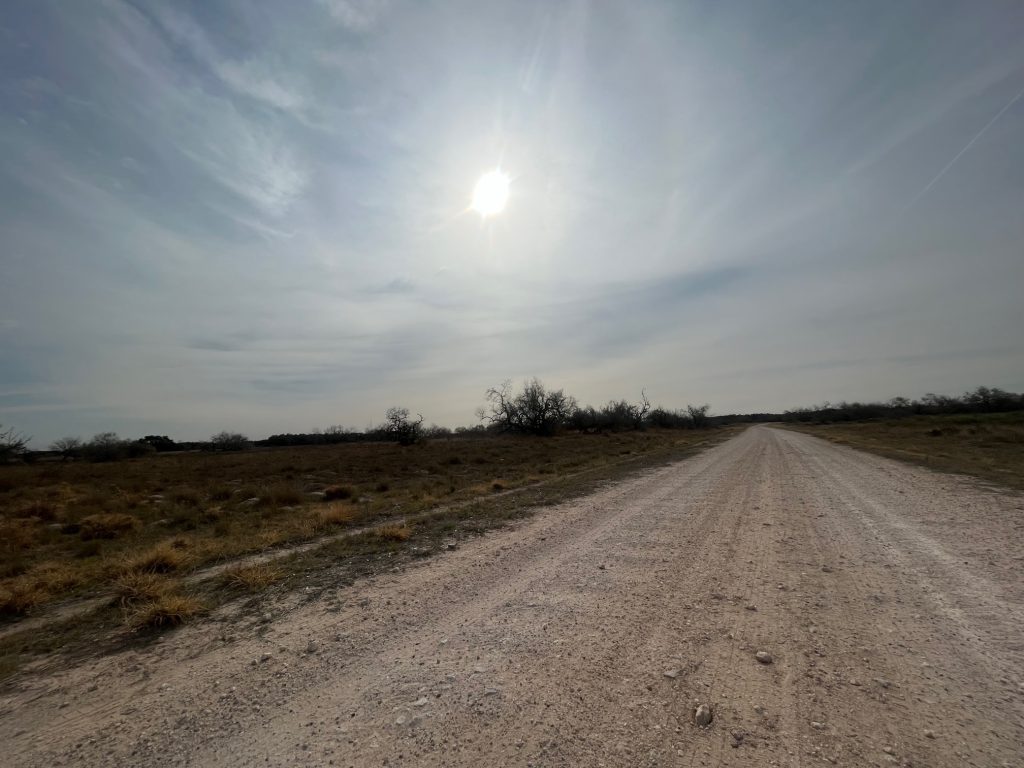
In January, we mostly encountered evidence of people passing through the areas we were searching, whether that was as recent as the night before or as long ago as us finding fully rusted cans as the evidence. We do this work to try and bring closure to the families who may have lost someone on this dangerous journey. After the trip in January, I feel as though I am so much closer to this cause than ever before. It’s very easy when working to compartmentalize the emotional and harder parts of the job, but I know this trip will impact me harder than ever before. Being more knowledgeable of the humanitarian crisis occurring at the US-Mexico border makes every step you take to find someone’s loved ones, to give help to those in need, to educate your community mean so much more than it ever had before. The more I learn about it, whether that is through reading about it, hearing someone’s personal account, or talking to those also involved in this work, the more I feel motivated to do everything in my power to help those affected by this crisis.
I’m looking forward to seeing Eddie and Don and everyone else who we worked with previously. By the end of the trip, I considered everyone a friend on top of being a teacher, a leader, and some of the most amazing people I’d ever met. Our team this May is made up of Dr. Latham, myself, Olivia, Jordan, and Austin. I am excited to see how we grow over this trip not only as teammates but friends as well.
See ya soon, Texas! Izzy
